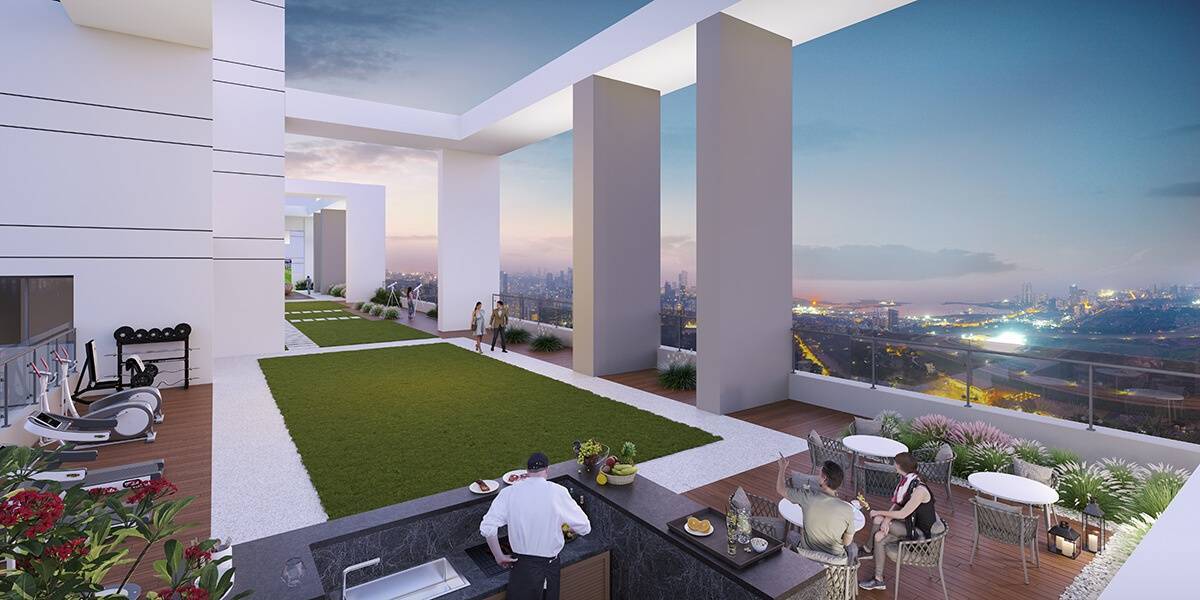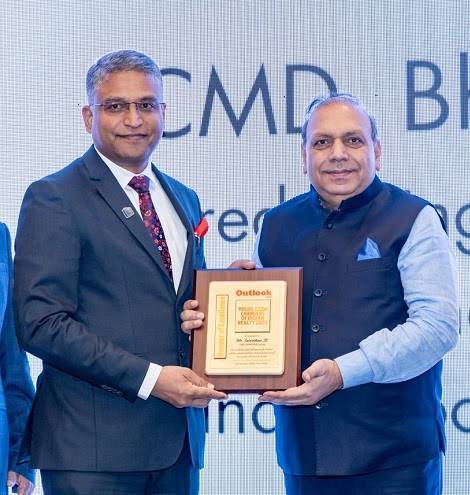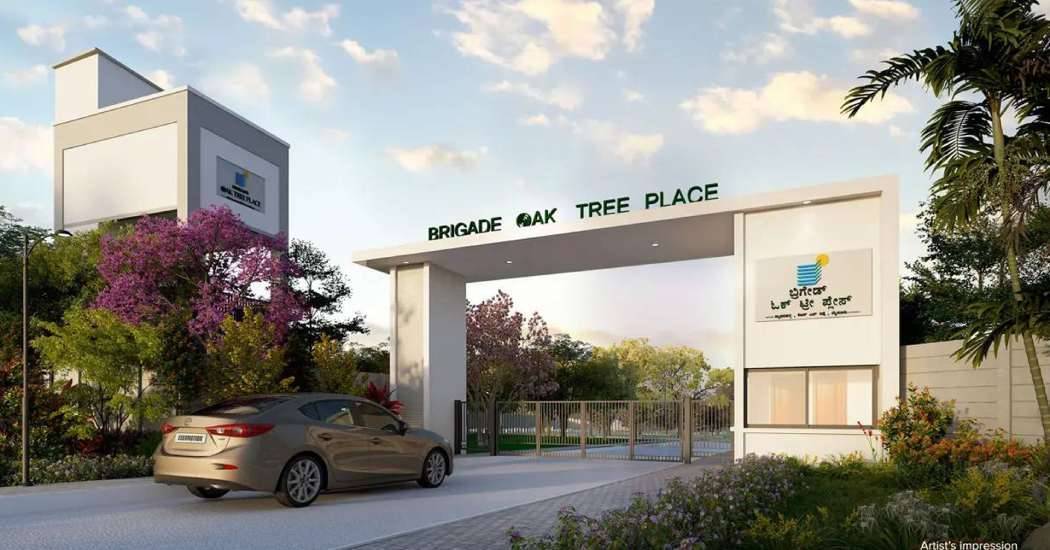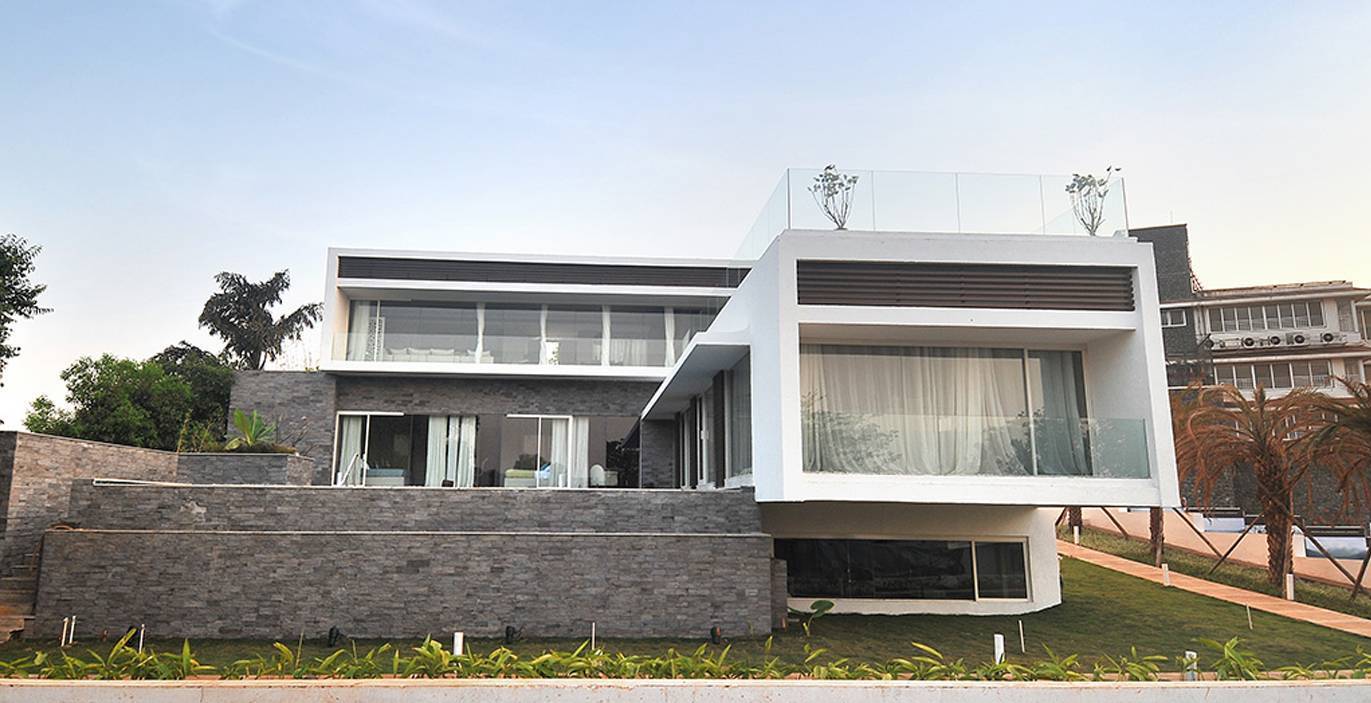In a significant policy move aimed at curbing environmental pollution and ensuring sustainable urban infrastructure, the Goa State Pollution Control Board (GSPCB) has mandated that all residential complexes with 24 or more flats must have their own sewage treatment plants (STPs). This represents a shift from the previous regulation, which required STPs only for complexes with 50 or more flats.
At a recent meeting, the board noted that the existing regulation, requiring STPs only for complexes with 50 or more flats, was inconsistent with its findings. The matter had also been raised in a public interest litigation (PIL) in the High Court. In its order on September 11, the court stated that the final decision on the minimum number of flats requiring STPs was pending with the state government, which should consult the pollution control board before finalizing the standard.
Accordingly, the GSPCB decided to recommend to the state government that all residential complexes with more than 24 flats must mandatorily install STPs. “The board receives numerous complaints stating that STPs installed at housing complexes are not operating effectively, thereby causing the discharge of untreated effluent into the open. The figure of 24 flats was determined after scientifically examining wastewater generation,” the board noted in its meeting minutes.
The board also observed that while builders initially apply for and obtain Consent to Establish (CTE) and Consent to Operate (CTO) from the GSPCB, they often neglect maintenance of the STP once all flats are sold. In some cases, the plant is not handed over to the housing society, leading to non-operation, pollution, and health hazards.
“After further deliberations, it was decided that all builders will be required, under their CTE/CTO approvals, to install, operate, and maintain STPs for a period of three years or until the plant is handed over to the housing society or association,” the board said. Once the STP is transferred, the housing society must be adequately trained to operate and maintain the system effectively, ensuring long-term functionality and compliance.
The earlier 50-flat standard under the Goa Land Development and Buildings Regulations, 2010, was found insufficient to address pollution concerns in smaller housing complexes. In addition, the High Court, in its September 11 order, noted that the final decision on the minimum number of flats requiring STPs was pending with the state government in consultation with the pollution control board.
Under the new mandate, builders must install STPs at all residential complexes with 24 or more flats. They are required to operate and maintain these plants for three years or until the handover to the housing society or association. Additionally, builders must ensure that the housing society is trained to manage and maintain the STP post-handover.
“The board has observed that builders, after selling all flats, often neglect STP maintenance or fail to hand it over properly to the society, resulting in non-operation and environmental hazards,” the GSPCB stated. The regulation also specifies that consent to establish (CTE) and consent to operate (CTO) approvals from the GSPCB will include mandatory clauses requiring builders to maintain the STP until transfer to the society.
Experts believe that the revised rule will have a direct impact on reducing untreated sewage discharge in residential areas and improving public health outcomes. Smaller housing complexes, which were previously exempt under the 50-flat rule, contribute significantly to wastewater generation, making this revision critical for Goa’s urban planning and environmental management.
“This policy ensures that residential developments, regardless of size, contribute responsibly to wastewater management, thereby protecting Goa’s rivers, lakes, and coastal areas,” said an urban planning consultant familiar with GSPCB regulations.
The board emphasized that the success of STPs depends not only on installation but also on proper training for housing society members to operate and maintain the systems. This ensures that even after builders exit, the STPs remain functional, safeguarding the environment and public health.
Image- unsplash.com









.png)